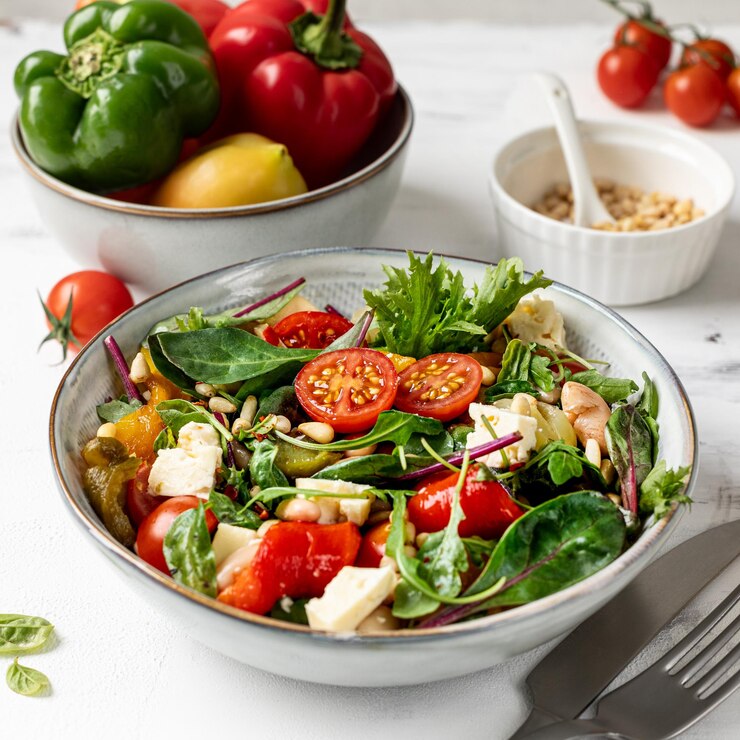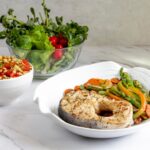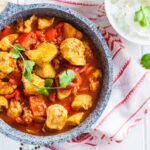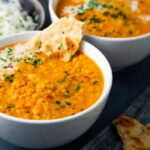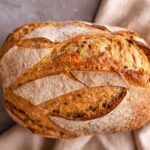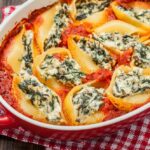Why a Low-Sodium Diet Matters
Excess sodium in your diet can lead to serious health concerns, including high blood pressure, kidney damage, and cardiovascular disease. According to the American Heart Association (AHA), most Americans consume an average of 3,400 mg of sodium daily—far exceeding the recommended limit of 2,300 mg. By making simple adjustments and incorporating low-sodium foods into your meals, you can support better health without sacrificing flavor.
What Is a Low-Sodium Diet?
A low-sodium diet reduces sodium intake to healthier levels. For most adults, the AHA suggests limiting sodium to 2,300 mg per day, with an ideal goal of 1,500 mg, particularly for those with high blood pressure or other health conditions.
For individuals with specific diseases, such as chronic kidney disease, sodium limits may vary, so it’s important to consult your doctor or dietitian for personalized advice.
Benefits of a Low-Sodium Diet
Sodium is essential for bodily functions such as nerve signaling, fluid balance, and muscle contractions. However, consuming too much sodium can have negative effects. Benefits of reducing sodium intake include:
- Improved blood pressure
- Reduced risk of cardiovascular disease
- Better kidney function
- Improved brain health
- Reduced bloating
How to Reduce Sodium in Your Diet
Lowering your sodium intake doesn’t mean you need to compromise on taste. Here are some effective tips:
- Taste your food before adding salt.
- Use herbs, spices, garlic, or vinegar to enhance flavor.
- Make homemade soups instead of using canned options.
- Choose “no salt added” canned vegetables and rinse them before use.
- Avoid processed meats like bacon, sausage, and deli cuts.
- Read food labels to identify hidden sodium.
- Limit restaurant and fast-food meals, and request no added salt when dining out.
- Use MSG as a salt alternative, which contains 60% less sodium than table salt.
Low-Sodium Foods to Include in Your Diet
Fruits and Vegetables
Fresh or frozen fruits and vegetables are naturally low in sodium and nutrient-dense. “No salt added” canned options are also good choices.
Examples:
- Apples, mangoes, oranges
- Spinach, asparagus, mushrooms
- Potatoes, watermelon
Grains
Whole grains are naturally low in sodium unless prepared with salty ingredients like soy sauce.
Examples:
- Quinoa, sorghum
- Brown rice, whole-grain pasta
- Oats
Proteins
Fresh, unprocessed protein sources are naturally sodium-free. Avoid cured and smoked meats.
Examples:
- Fresh chicken, beef, pork, fish
- Eggs, dried beans
- Unsalted nuts, hummus
Dairy
While some dairy products like cheese can be high in sodium, many are low-sodium and rich in nutrients that promote healthy blood pressure.
Examples:
- Milk, yogurt
- Swiss cheese, kefir
- Unsalted butter
Healthy Fats
Healthy fats, such as those from nuts, seeds, and oils, are essential for a balanced diet.
Examples:
- Olive oil, avocado oil
- Avocados
- Chia seeds, flaxseeds
High-Sodium Foods to Limit
Some foods are notoriously high in sodium and should be enjoyed sparingly:
- Processed meats like hot dogs, ham, jerky
- Canned pasta and jarred sauces
- Pickles, soy sauce, teriyaki sauce
- Salty snacks like pretzels and chips
- Cheddar cheese and vegetable juice
A low-sodium diet doesn’t have to be restrictive or boring. By incorporating fresh, whole foods and using herbs and spices to flavor your meals, you can maintain a delicious and satisfying diet while reducing your sodium intake.
Simple swaps, like choosing “no salt added” canned goods or cooking more meals at home, can make a big difference in your health. Start small, and remember that every effort counts toward a healthier lifestyle.
Enjoy low-sodium meals like Cinnamon Roll Overnight Oats for breakfast, a Veggie & Hummus Sandwich for lunch, and Chicken Cutlets with Sun-Dried Tomato Cream Sauce for dinner. You’ll nourish your body while keeping sodium levels in check.
